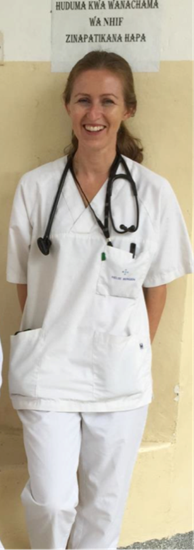Premature Ovarian Insufficiency

Main content
most women menopause occurs around +/-50 years. The ovaries production of sex hormones and eggs diminishes and the menstruation stops. When a reduction in ovarian function occurs before the age of 40 years, we call it premature ovarian failure, or primary ovarian insufficiency. This happens in 1% of all women. The consequence can be devastating, especially for those wanting to bear forth their own child. It is also a risk factor for diseases and conditions seen in older women like osteoporosis and cardiovascular disease.
Causes and consequences of spontaneous primary ovarian insufficiency
This is a condition of heterogenic origin and the diagnostic work-up has traditionally been somewhat arbitrary and limited, so the cause remains unknown in the majority of cases. In this study our aim is to find the cause/s to why 1% of all women under 40 years develop primary ovarian insufficiency. Through systematic screening with available tests as well as expanding the diagnostic repertoire of tools with NGS based gene panel analyses, new methods for autoantibody detection and also analysis of endocrine disrupting chemicals, we hope to increase the diagnostic precision and find the underlying cause in more patients.
Effect of immunomodulating therapy on gonadal function in women with autoimmune ovarian insufficiency
Very few intervention studies have been performed to reverse autoimmune POI. We wish to offer some women with autoimmune ovarian insufficiency a treatment alternative. We hypothesize that immunosuppressive therapy could improve ovarian function and enable ovulatory cycles, and thereby restore fertility (prolong the window of opportunity for conceivement) in women with autoimmune POI. Rituximab is chosen since it is a well-tolerated immunosuppressive drug with no reported teratogenic effects.
This project is a cooperation project with Karolinska instititutet, Sweeden
Hypogonadism in ROAS women with Addison’s disease
Concomitant autoimmunity against multiple endocrine organs is common and the prevalence of primary ovarian insufficiency is 10-20% in women with Addison’s disease, and 50-70% in women with APS-1. In this study we wish to further characterize the women with Addison’s disease registered in the ROAS register, focusing on the prevalence of hypogonadism, the type (primary, secondary, adrenal, gonadal), autoimmune status, clinical characteristics and medication (prescription registry)
